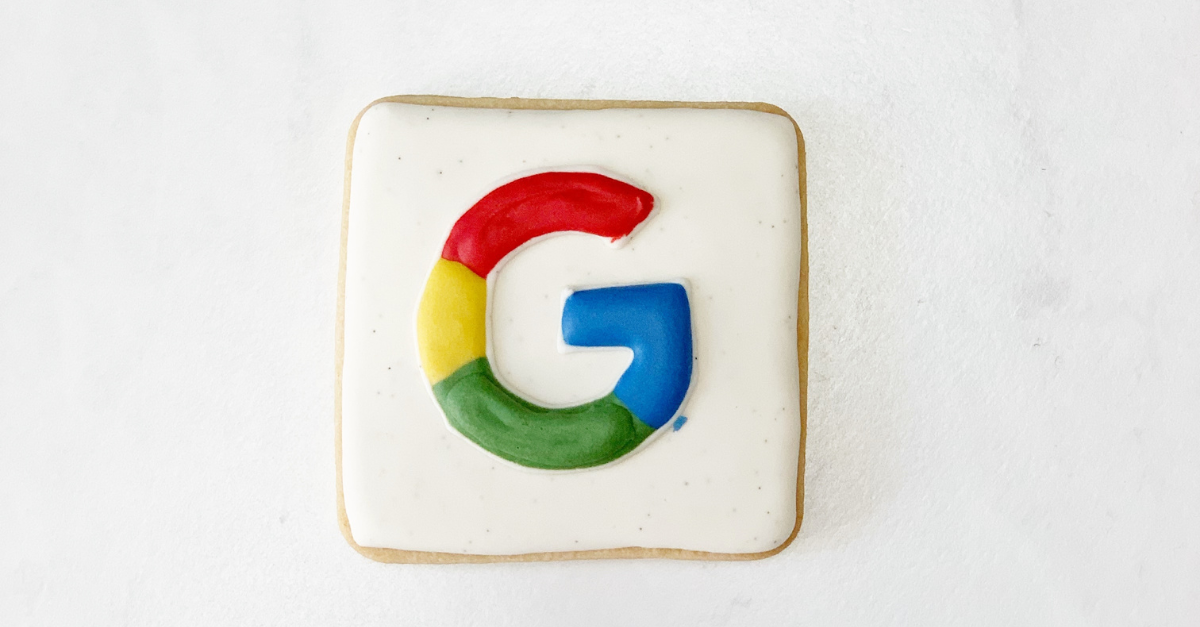Goodbye, Cookies

Third-party cookies have been used by marketing teams for years, and they have become a fundamental part of how many companies gain insight into their customers’ needs, wants and buying patterns. Yet as consumer privacy concerns have continued to gain momentum (check out our previous post here for more about web privacy laws), the use of cookies has begun to crumble. Over the last couple of years, major web browsers have been working to phase out third-party cookies—Safari, Mozilla, and Firefox have already blocked them. The final nail in the cookie coffin: Google has announced that it will remove cookies for 1% of Chrome users early next year at random—giving marketers a glimpse into the new cookie-less world—before removing cookies completely later next year. The significance of Chrome being added to the no-cookie list? It has asserted itself as the dominant web browser with more than 60% of market share.
The loss of cookies is already having significant effects in the marketing world. According to one survey by BCG and LinkedIn, 39% of marketers reported they were already seeing a negative impact on their marketing performance. Google is working on privacy-friendly alternatives to third-party cookies, specifically through Privacy Sandbox, which is a series of proposals to satisfy the needs of marketers without tracking tools like third-party cookies. According to the initiative, it “aims to create technologies that both protect people’s privacy online and give companies and developers tools to build thriving digital businesses.” While there are a variety of proposals currently being considered, Google has stated it will not implement alternative user-level identifiers to replace third-party cookies to track consumers as they browse the web.
So what is the solution to replace third-party cookies?
Thus far, the jury is out, but many are looking at the benefits of zero-party data. Zero-party data is information that customers willingly and proactively share with the company. This type of information can include preferences, purchase intention, and personal preferences. Marketers collect this data through quizzes, questionnaires, surveys, and customer profiles. When combined with first-party information, zero-party data can create a valuable basis for personalization. The main benefit of zero-party data is the high degree and quality of personal detail that businesses gain access to. Instead of trying to collect this information by analyzing a consumer’s activity, they receive pure data that can immediately be implemented into the marketing campaign.
While highly useful, zero-party data is not omnipotent. You are limited to collecting information from customers that are willing to share it. If a visitor comes to the website and leaves without registering, filling out a form, or taking a quiz, you can’t get any zero-party data.
Whatever the optimal solution may be for your business, now is the time to consider the options for a new customer-data strategy, and that is perhaps the silver lining of a soon-to-be cookieless world. Though a world without cookies obviously comes with many challenges, it also offers an opportunity to rethink how your company connects with its customers and seek out better ways to build positive relationships.